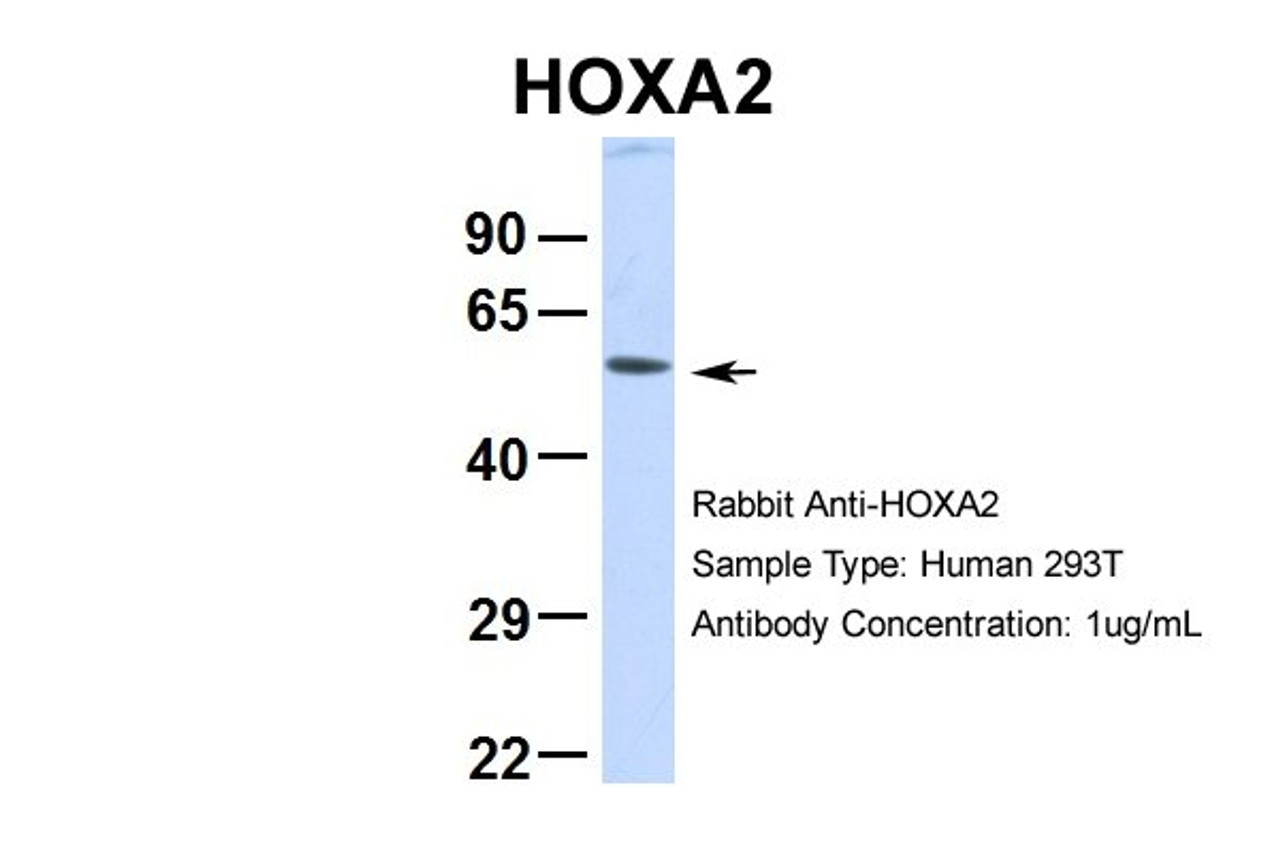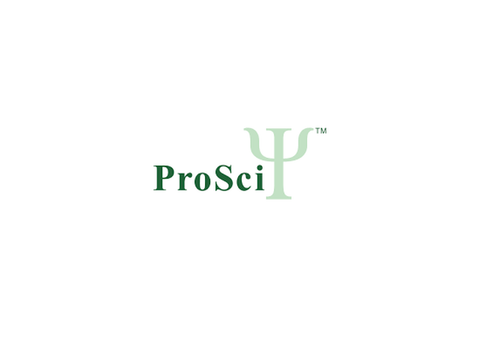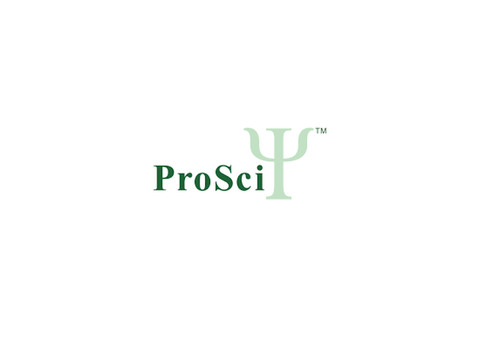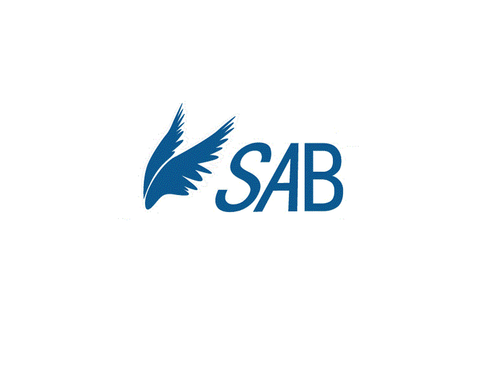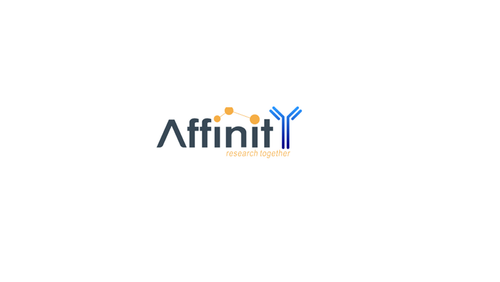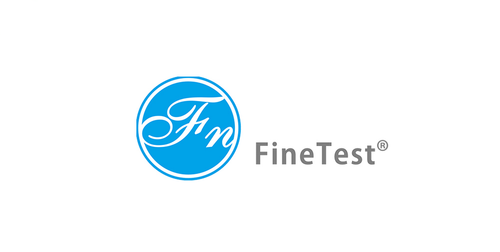Product Description
HOXA2 Antibody | 25-454 | ProSci
Host: Rabbit
Reactivity: Human, Mouse, Rat
Homology: N/A
Immunogen: Antibody produced in rabbits immunized with a synthetic peptide corresponding a region of human HOXA2.
Research Area: Transcription
Tested Application: E, WB
Application: HOXA2 antibody can be used for detection of HOXA2 by ELISA at 1:62500. HOXA2 antibody can be used for detection of HOXA2 by western blot at 1 μg/mL, and HRP conjugated secondary antibody should be diluted 1:50, 000 - 100, 000.
Specificiy: N/A
Positive Control 1: Cat. No. 1205 - Jurkat Cell Lysate
Positive Control 2: N/A
Positive Control 3: N/A
Positive Control 4: N/A
Positive Control 5: N/A
Positive Control 6: N/A
Molecular Weight: 41 kDa
Validation: N/A
Isoform: N/A
Purification: Antibody is purified by peptide affinity chromatography method.
Clonality: Polyclonal
Clone: N/A
Isotype: N/A
Conjugate: Unconjugated
Physical State: Liquid
Buffer: Purified antibody supplied in 1x PBS buffer with 0.09% (w/v) sodium azide and 2% sucrose.
Concentration: batch dependent
Storage Condition: For short periods of storage (days) store at 4˚C. For longer periods of storage, store HOXA2 antibody at -20˚C. As with any antibody avoid repeat freeze-thaw cycles.
Alternate Name: HOXA2, HOX1K, MCOHI
User Note: Optimal dilutions for each application to be determined by the researcher.
BACKGROUND: In vertebrates, the genes encoding the class of transcription factors called homeobox genes are found in clusters named A, B, C, and D on four separate chromosomes. Expression of these proteins is spatially and temporally regulated during embryonic development. HOXA2 gene is part of the A cluster on chromosome 7. This protein is a DNA-binding transcription factor which may regulate gene expression, morphogenesis, and differentiation. It may be involved in the placement of hindbrain segments in the proper location along the anterior-posterior axis during development.In vertebrates, the genes encoding the class of transcription factors called homeobox genes are found in clusters named A, B, C, and D on four separate chromosomes. Expression of these proteins is spatially and temporally regulated during embryonic development. This gene is part of the A cluster on chromosome 7 and encodes a DNA-binding transcription factor which may regulate gene expression, morphogenesis, and differentiation. The encoded protein may be involved in the placement of hindbrain segments in the proper location along the anterior-posterior axis during development.
 Euro
Euro
 USD
USD
 British Pound
British Pound
 NULL
NULL



